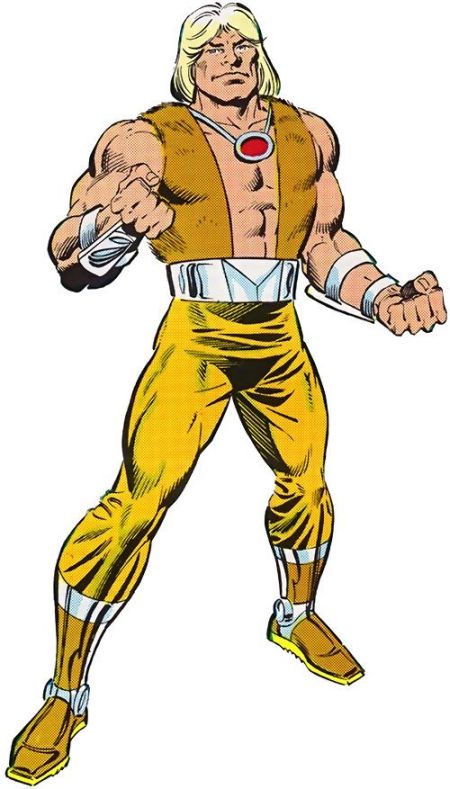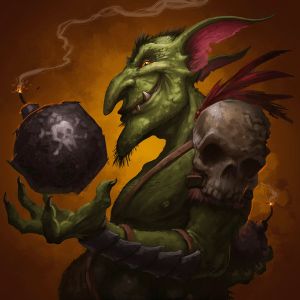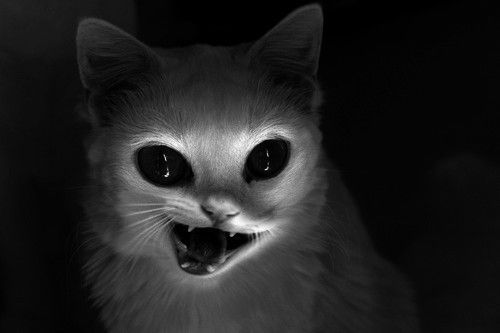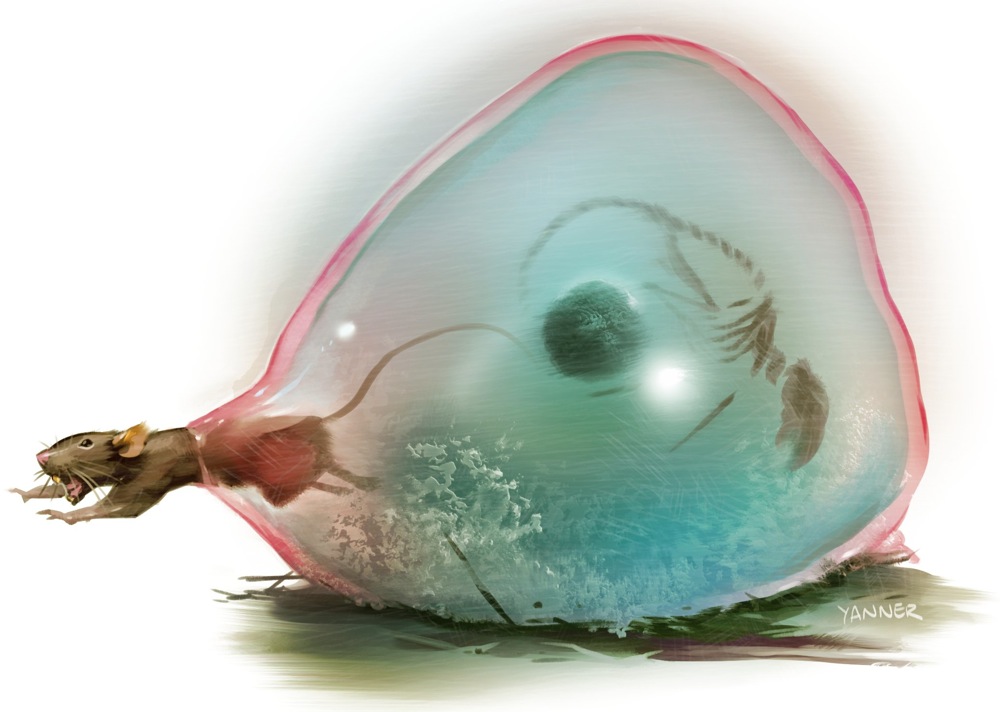The Tenth Day
Way back when while running TSR’s Marvel Super Heroes, I pitted the heroes against a ridiculously large gang of a minimally-powered villains. Among them was Frank Oliver, also known as the Kangaroo. That’s him in the picture. For day ten, I take inspiration from Marvel’s greatest villain from the Land Down Under.

On the tenth day of searching / my party came upon: / ten kanga raiders / nine goblin bombers / eight mewling fluxcats, / seven rapid oozes, / six vile ọgbanje, / five hungry things, / four burning swarms, / three hell birds, / two bloodmad zogs, / and a birchwrath in a fell wood.
The kanga raider is very much like a human, but larger and stronger, and possessing inhumanly strong legs used to jump and kick. The kanga raider lives in a semi-nomadic warrior society where the strong rule and conflicts are most often settled by fighting.
AD&D Version
Frequency: Very rare
No. Appearing: 10-80
Armor Class: 6
Move: 15″
Hit Dice: 1+1
% in Lair: 10%
Treasure Type: Individuals K; B in lair
No. of Attacks: 2 (or 1)
Damage/Attack: 1-6/1-6 (or by weapon type)
Special Attacks: See below
Special Defenses: Leader types
Magic Resistance: Standard
Intelligence: Low to very
Alignment: Any chaotic
Size: M (6-1/2′ tall)
Psionic Ability: Nil
Attack/Defense Modes: Nil
Level/XP Value: II/36 + 2/hp
The kanga raider is a warrior who excels in fighting by means of powerful kicks from his unnaturally strong legs. He makes two kick attacks per melee round. A creature struck by both kicks must make a saving throw versus paralysis or be stunned for 1 round. A kanga raider can spring up to 25′ ahead or up to 15′ upward. If he leaps to attack, he makes a single kick attack with a +2 “to hit” bonus and inflicting 2-12 points of damage with a successful attack. The victim of this powerful flying kick must make a saving throw versus paralysis with a -2 penalty or be stunned for 1 round.
For every 10 kanga raiders encountered, there will be a 2nd-level fighter. For every 20, there will be a 3rd-level fighter. For every 30, there will be a 4th-level fighter, and for every 40, there will be a 5th-level fighter. These leader types are in addition to the number indicated by the dice. A band of kanga raiders will be led by a war chief of 9th or 10th level and two subchieftans of 6th or 7th level. If fewer than 45 kanga raiders are encountered, use the lower levels. For every 10 kanga raiders, there is a 10% cumulative chance that there will be a kanga raider cleric of 3rd to 7th level with 1-4 assistances of 1st to 3rd level.
5E D&D Version
Medium humanoid (kanga), any chaotic alignment
Armor Class 14 (hide armor)
Hit Points 68 (8d8+32)
Speed 40 ft.
Ability Scores STR 18 (+4), DEX 14 (+2), CON 19 (+4), INT 8 (-1), WIS 10 (+0), CHA 8 (-1)
Skills Athletics +6
Senses passive Perception 10
Languages any one language (usually Common)
Challenge 2 (450 XP)
Pounce. If the kanga raider moves at least 20 feet straight toward a creature and then hits it with a kick attack on the same turn, the target must succeed on a DC 13 Constitution saving throw or be stunned and knocked prone. The target is stunned until the end of its next turn. If the target is prone, the kanga raider can make one kick attack against it as a bonus action.
Reckless. At the start of its turn, the kanga raider can gain advantage on all melee weapon attack rolls during that turn, but attack rolls against it have advantage until the start of its next turn.
Running Leap. With a 10-foot running start, the kanga raider can long jump up to 25 feet.
Actions
Multiattack. The kanga raider makes two kick attacks.
Kick. Melee Weapon Attack: +6 to hit, reach 5 ft., one target. Hit: 7 (1d6+4) bludgeoning damage. If the target takes damage from two kicks on the kanga raider’s turn, the target must succeed on a DC 13 Constitution saving throw or be stunned until the end of its next turn.
Javelin. Melee or Ranged Weapon Attack: +6 to hit, reach 5 ft. or range 30/120 ft., one target. Hit: 7 (1d6+4) piercing damage.




